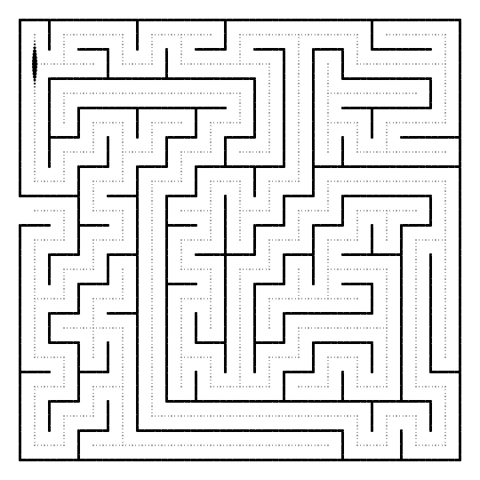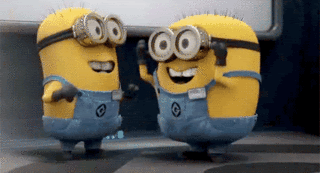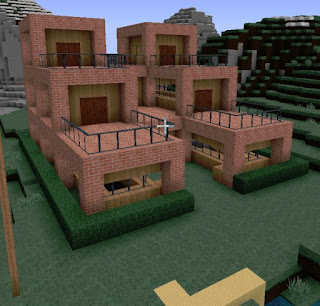We got the microwave from Heather. We had to use a recipe.
First, we checked the ingredients and equipment.
Second, we followed the steps of the recipe.
Third, we put spray on our hands so we did not get stuck to the cookies.
Then, we finally made the cookies. They were very sticky! We put on red cinnamon candy, too.
 We put the cookies on wax paper. They had to cool over night. We could pick them up on Friday morning after breakfast.
We put the cookies on wax paper. They had to cool over night. We could pick them up on Friday morning after breakfast. We had to work as a team. Everyone on the team had to do something. Everybody helped.

The cookies were going to be holiday wreaths. They did not look like wreaths. They looked like globs. But, it was fun.
After we cleaned up, we got to "test drive" the math board games we designed and built this week.
Period 6/7's game, "Memory," had an Egyptian theme. The math questions were about geometry. They got first place in the competition.
Period 1/2 made a game called "Domaloc Race Track." The math questions were about mean, median, mode, range, and positive and negative numbers. It came out good and it was fun to play.
Period 8/9 made a game that included Dakota hunting. You could get a horse and then you moved faster. You had to get to the tipi village to win. The math questions were about mean, median, mode and range and also had adding, subtracting and multiplying negatives. There was also absolute value and the 9 x Table.
















































